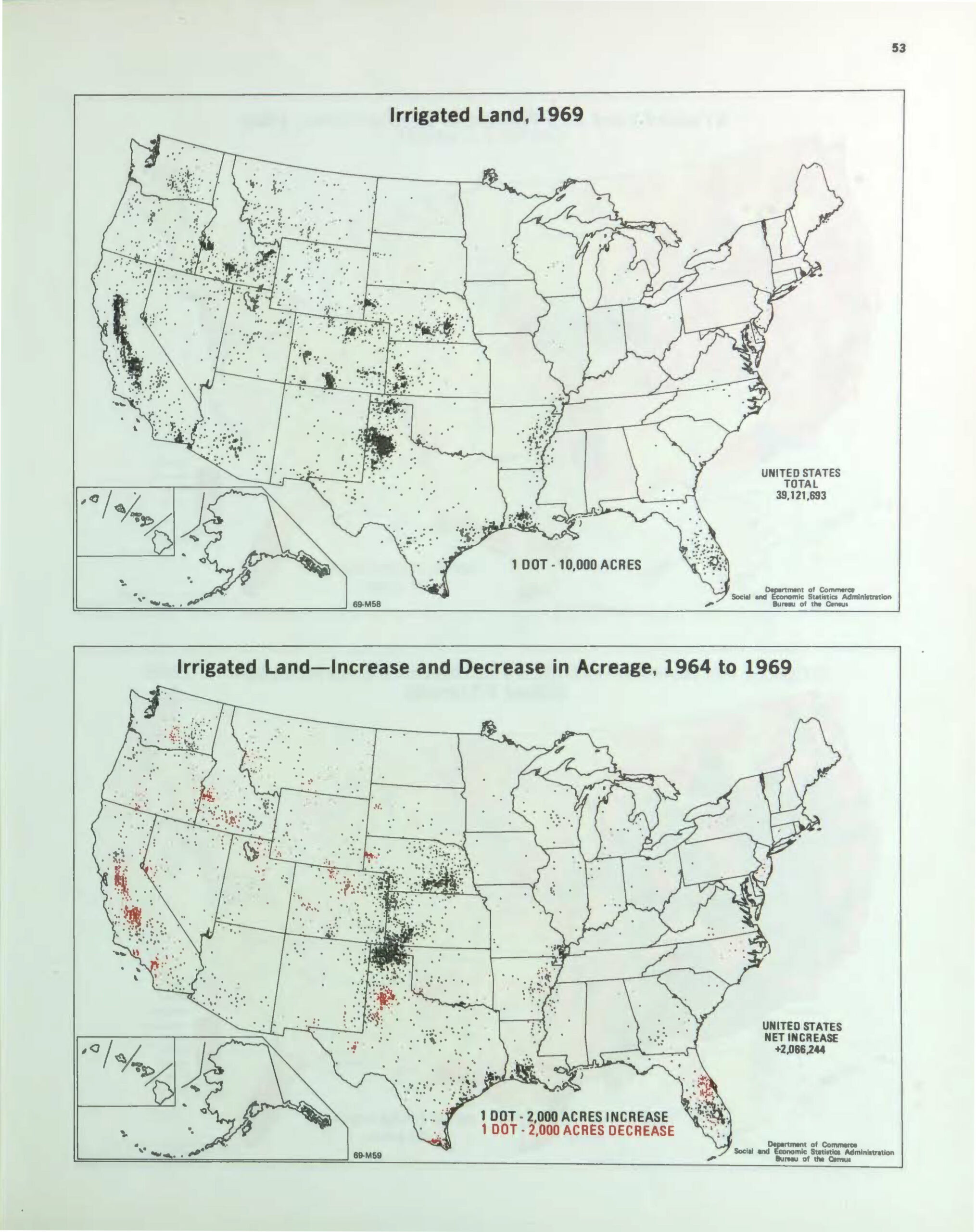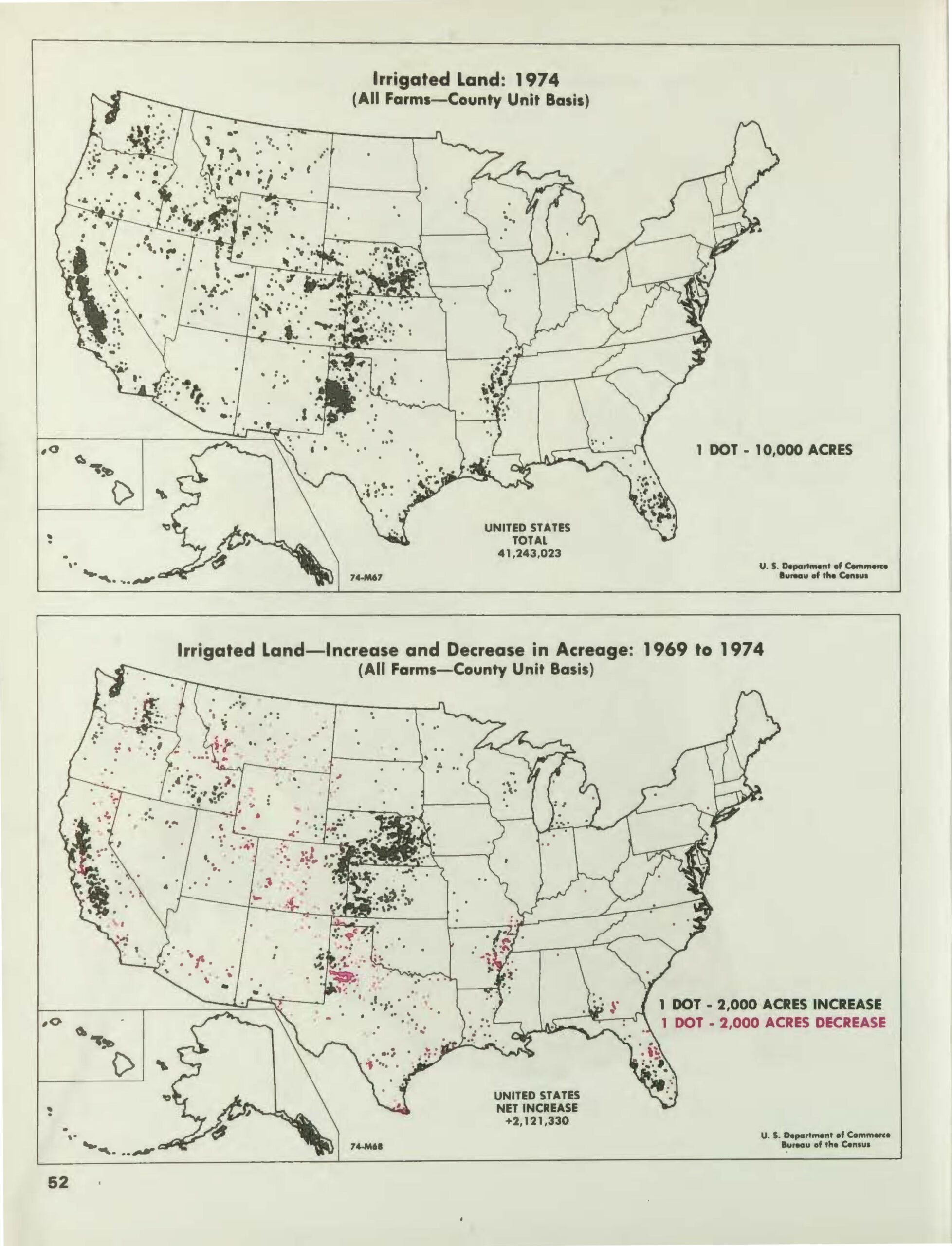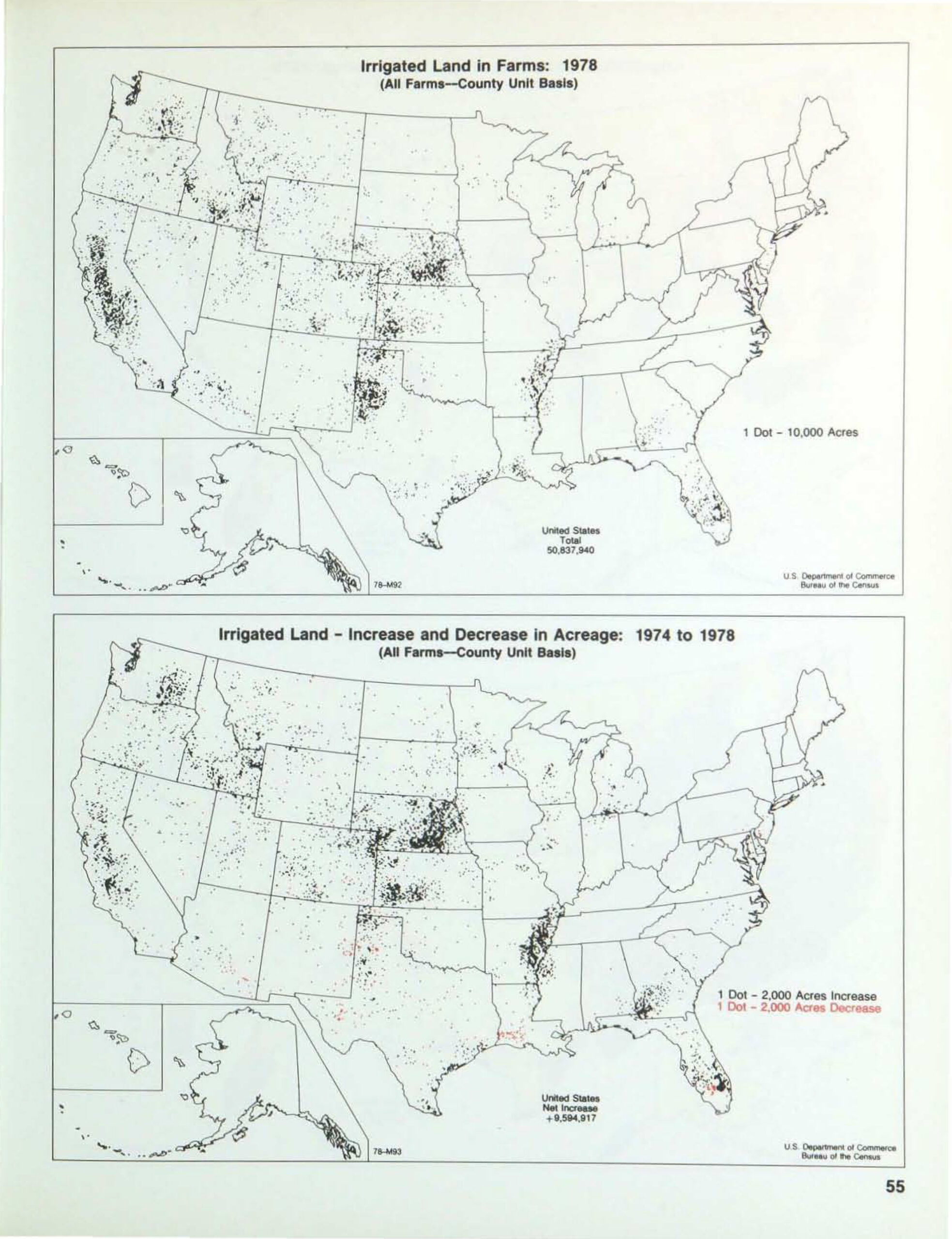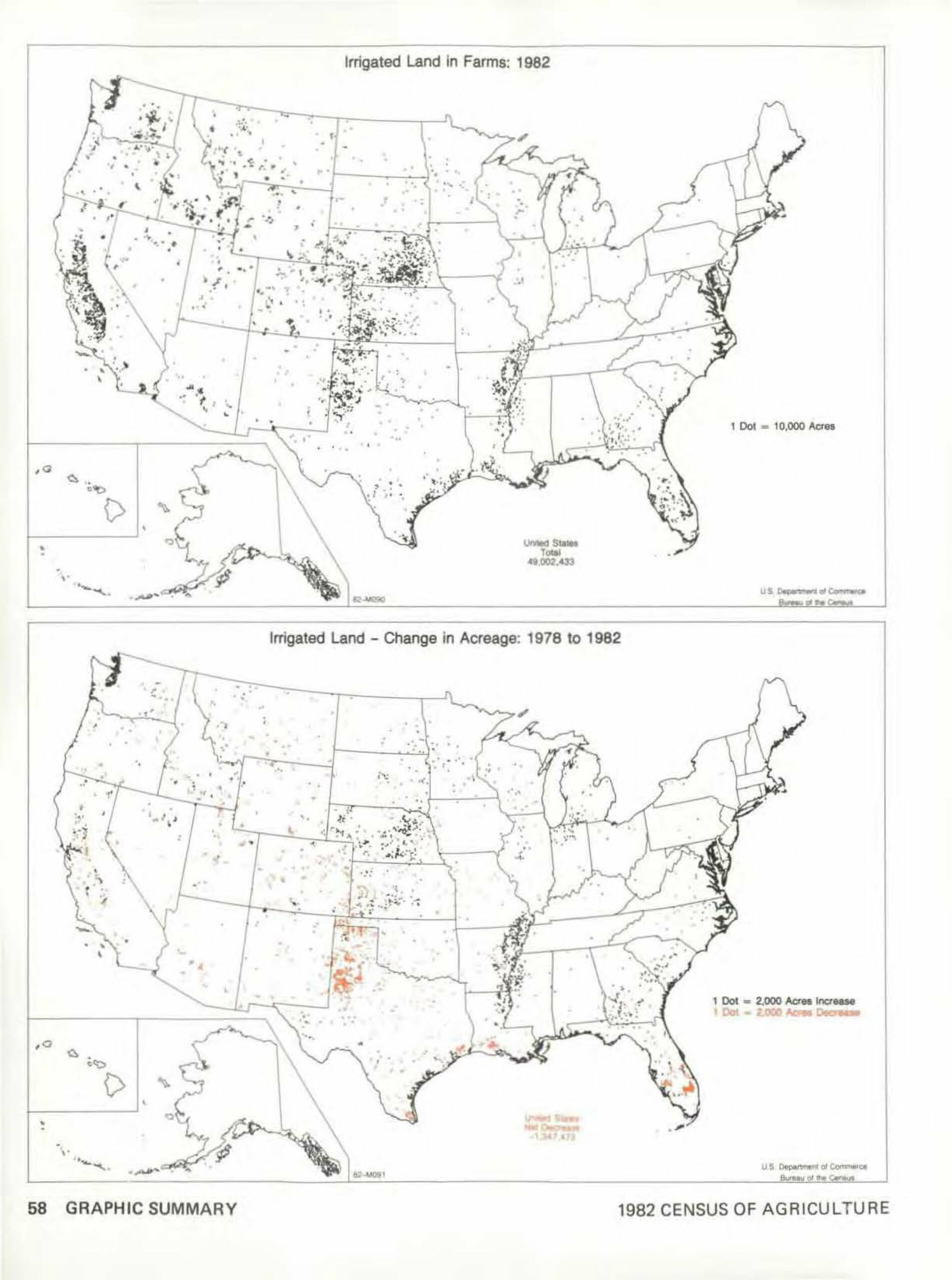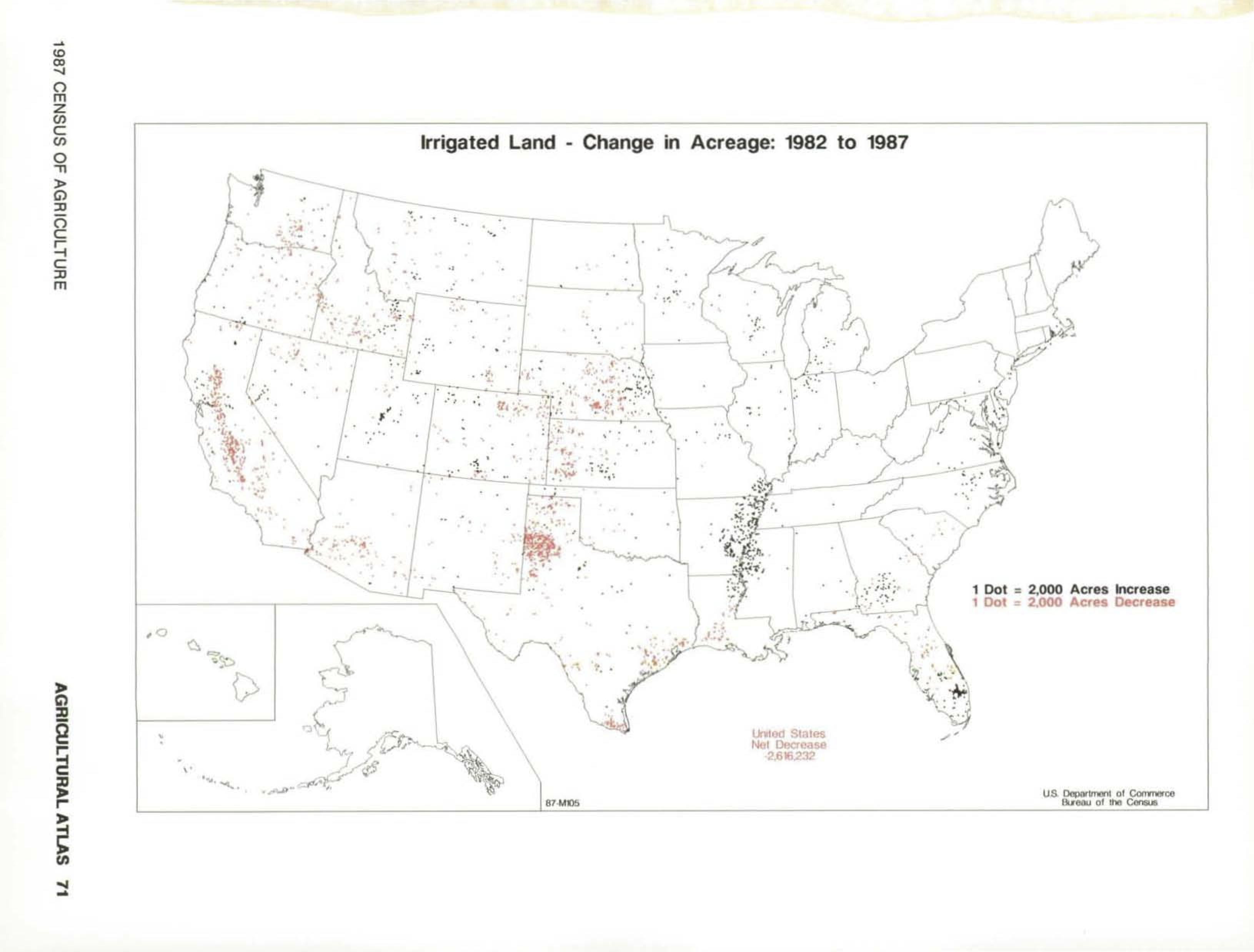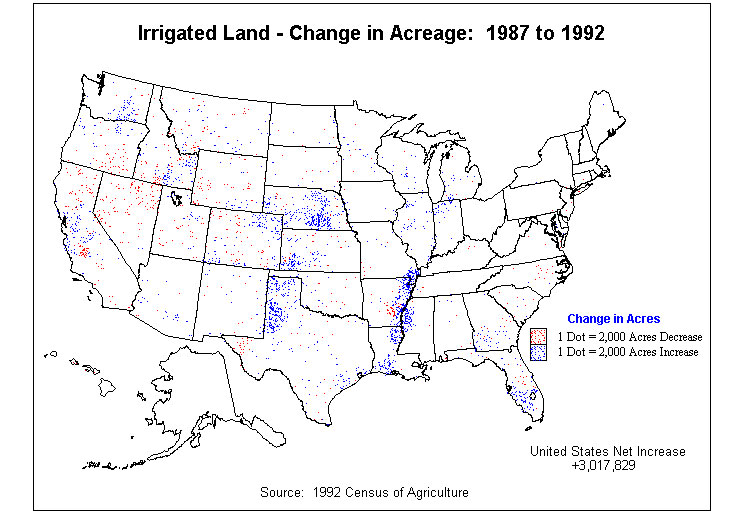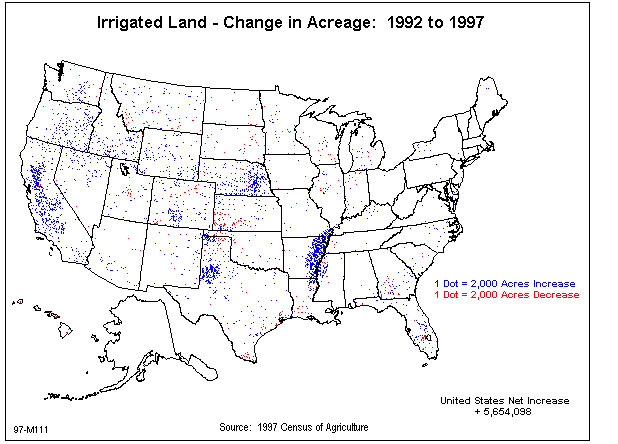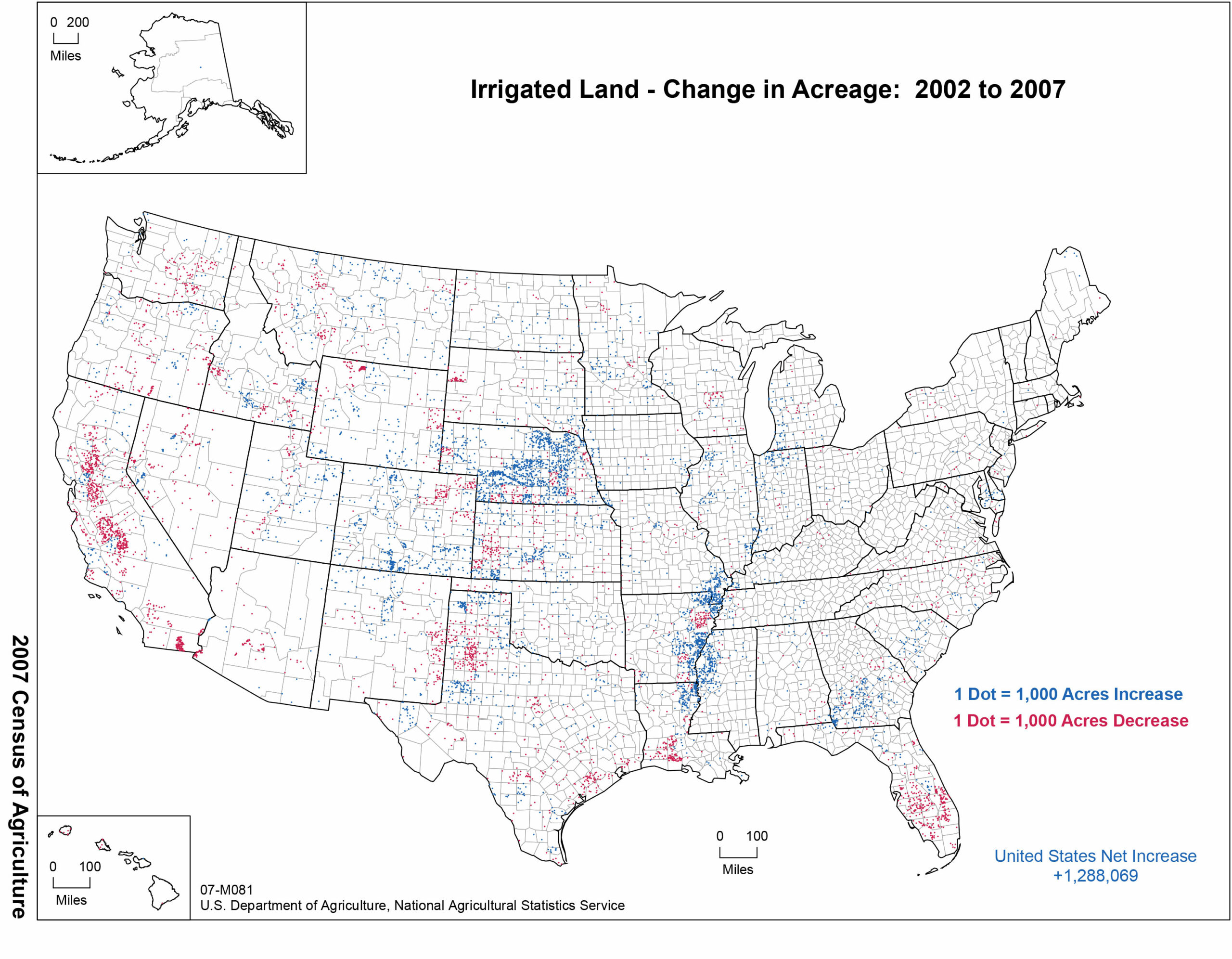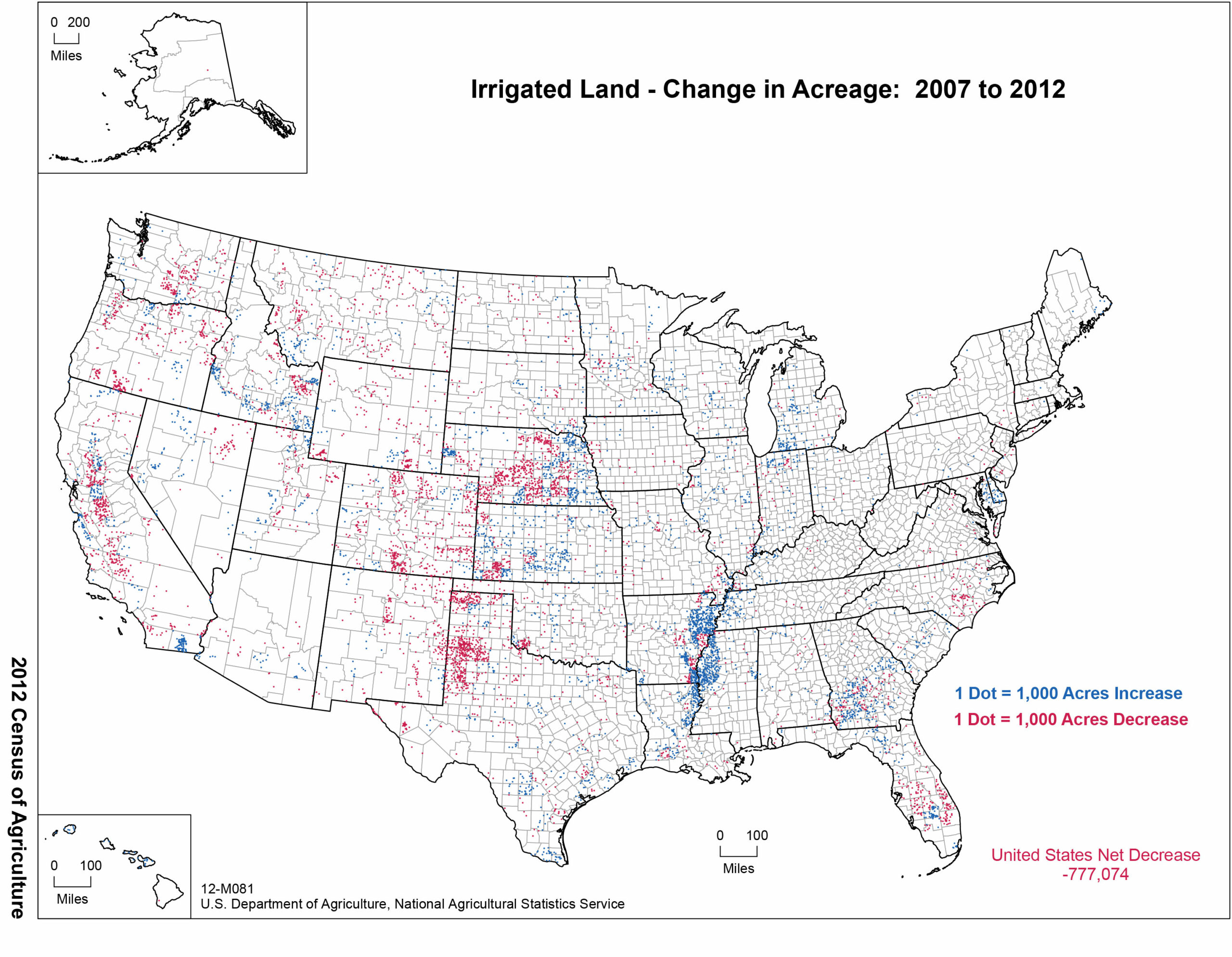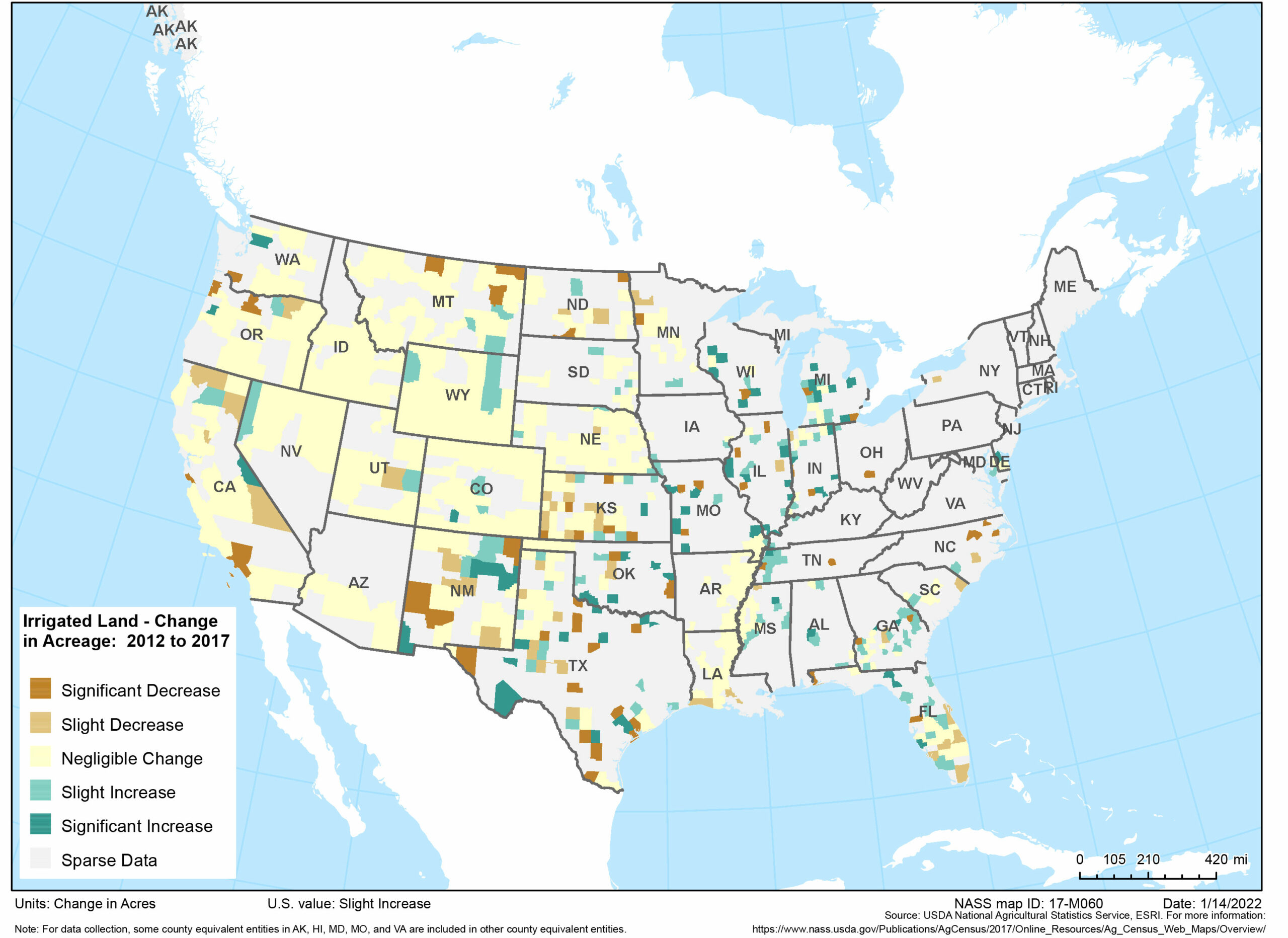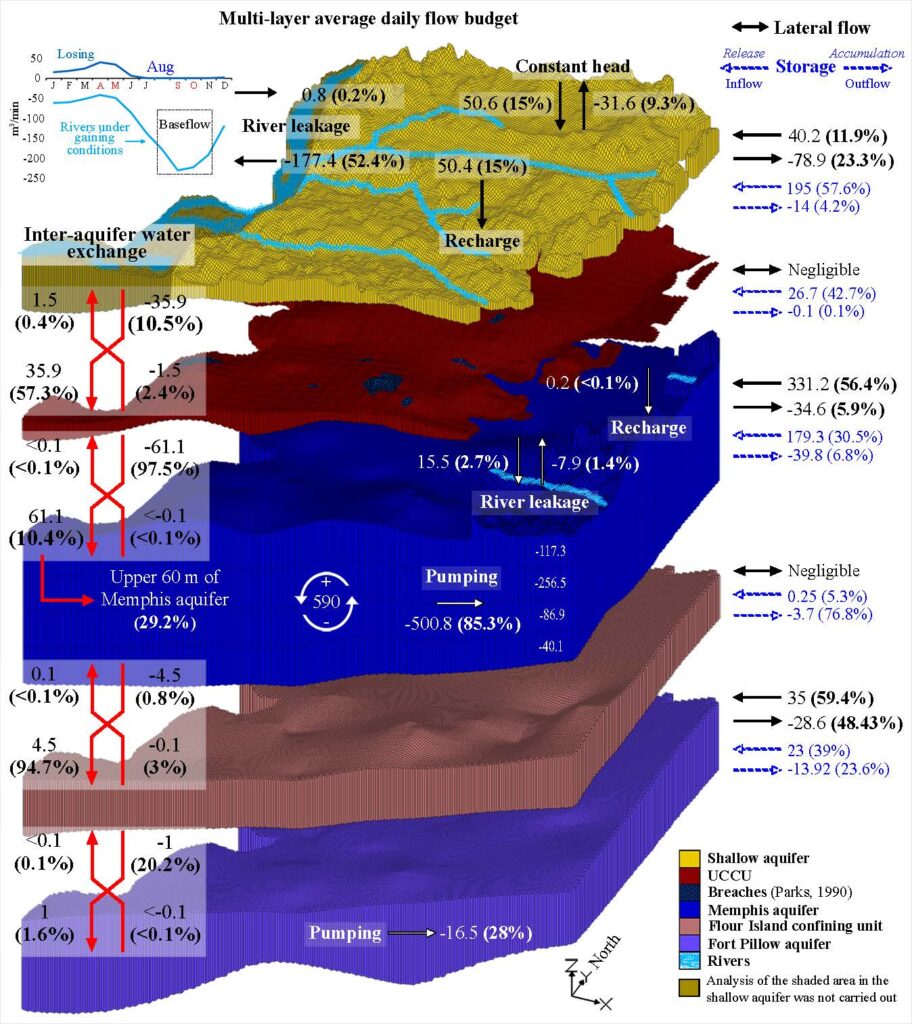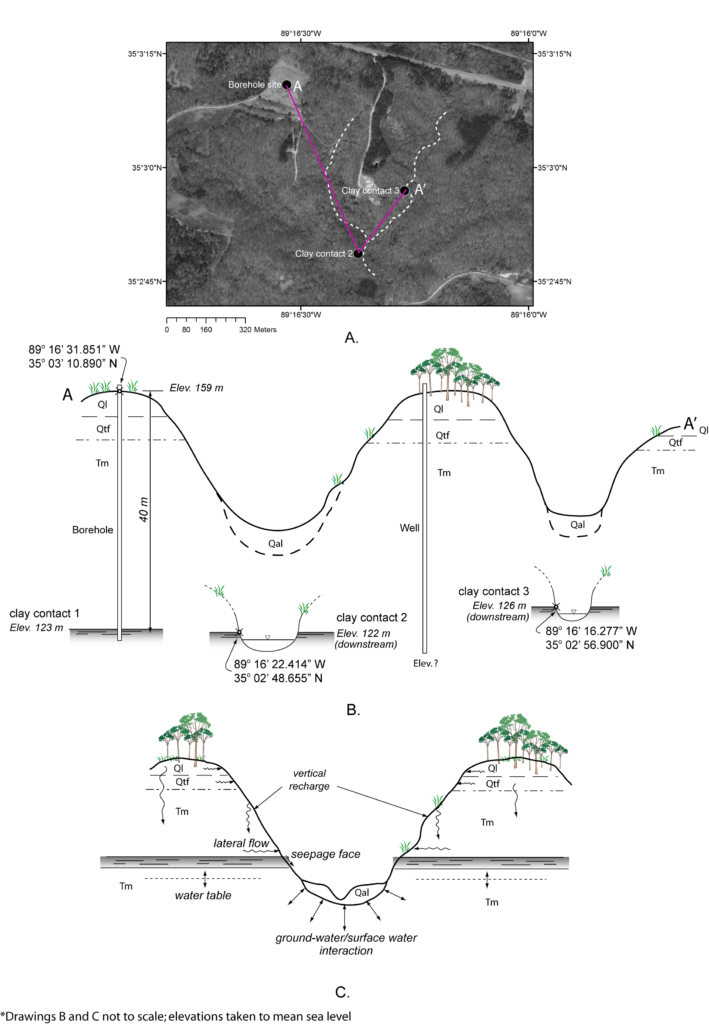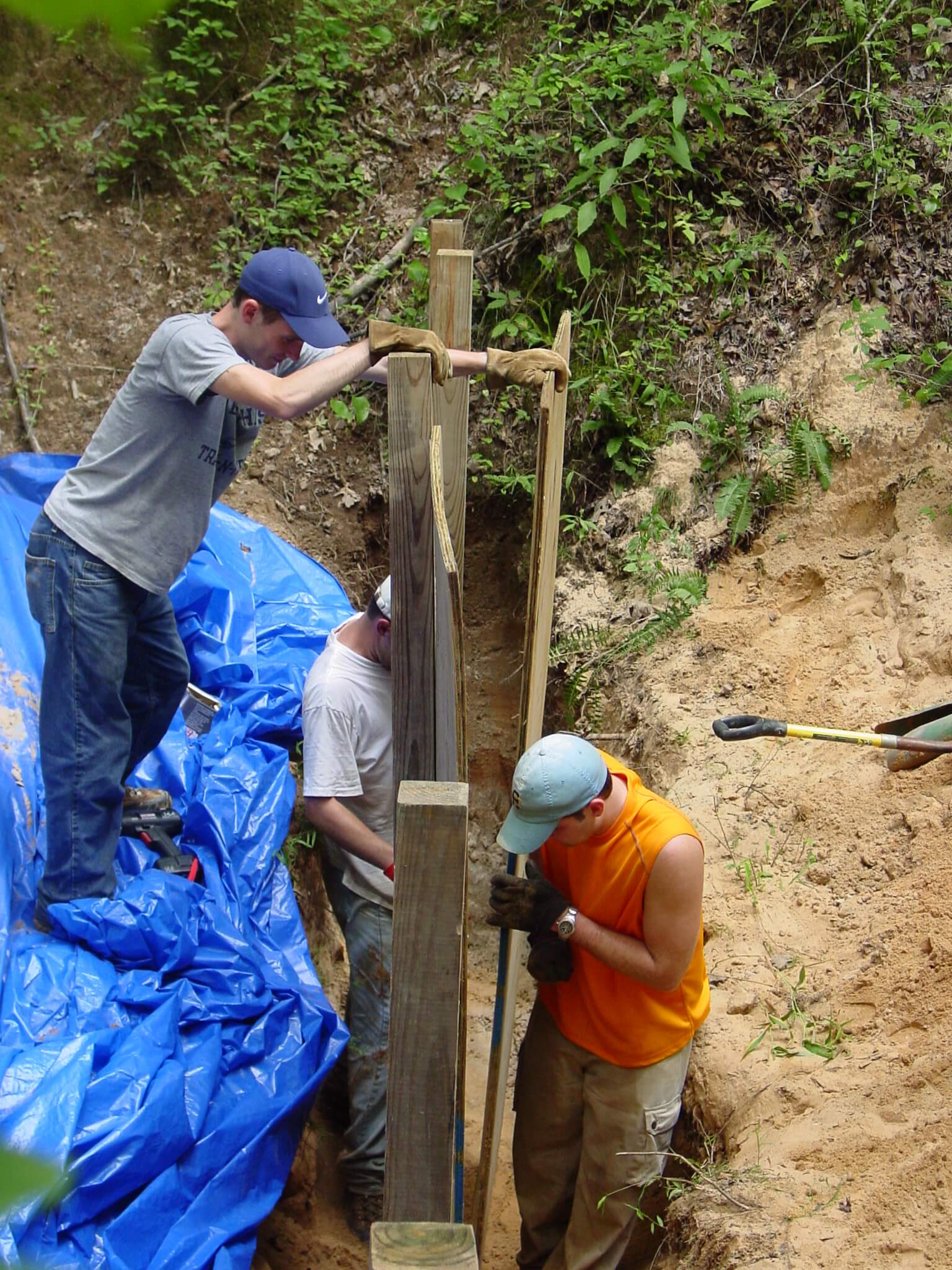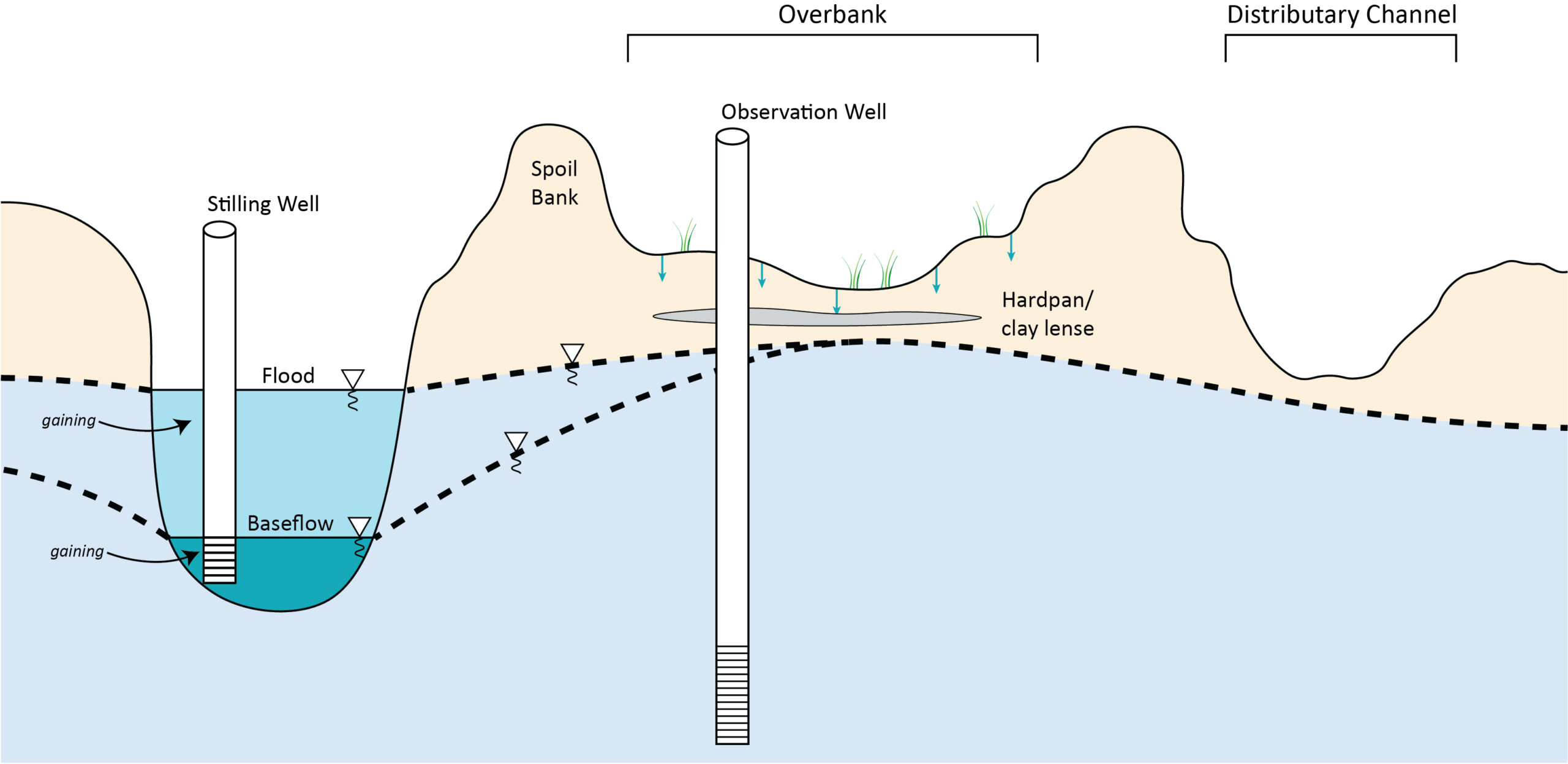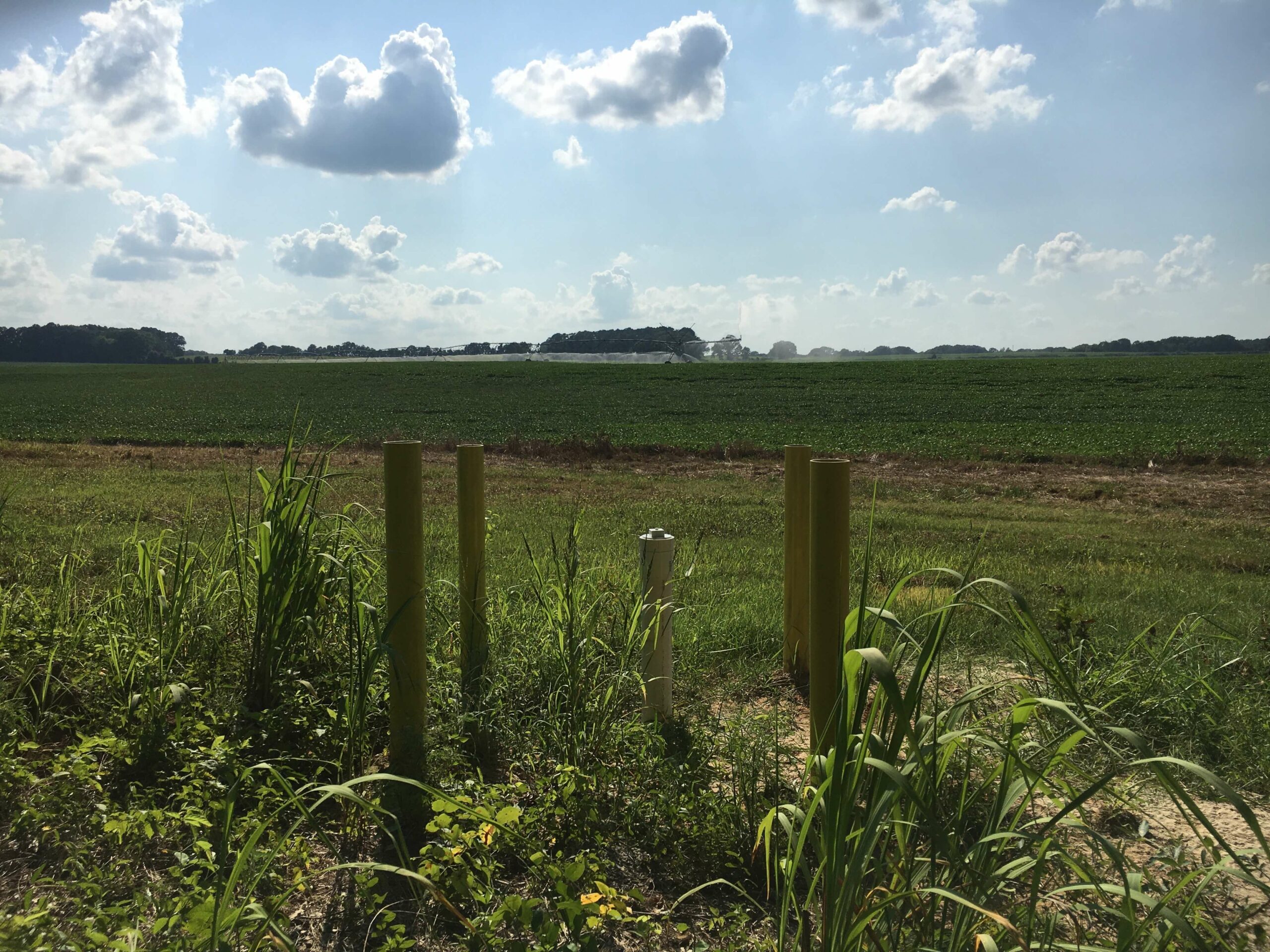- In 2004, representatives from federal agencies (U.S. Geological Survey, U.S. Army Corps of Engineers), state environmental agencies, local county government, and academia formed MAT-RAS (Mississippi-Tennessee-Arkansas Regional Aquifer Study) to begin discussions on shared management of the aquifer systems beneath these states. This pursuit failed when the State of Mississippi sued the City of Memphis and its largest utility, MLGW, in 2005, for stealing its groundwater.
- A lawsuit brought by the State of Mississippi against the City of Memphis, Memphis Light, Gas and Water (MLGW), and eventually the State of Tennessee continued in various stages, reaching the U.S. Supreme Court twice until final judgement was made in favor of the defendants in 2021. Though parties were fighting over groundwater systems shared between these two states, the outcome has since defined the view of interstate aquifer systems nationwide as a shared resource, not owned by any one state. You can learn more about it here.
- Completed State Water Plans exist for 3 of 8 embayment states. They address groundwater, surface water and other pertinent topics (e.g., recreation, infrastructure, legalities, etc.). Though individual to each state, comprehensive water plans from all embayment states would, in a regional sense, help address usage, availability, quality, protection, and conservation.
Other studies have also spawned to further understand recharge mechanisms.
West TN River Basin Authority
Incised streams in west TN have disconnected from their riparian zone; thus, lowering the water table and eliminating periodic flooding that induced aquifer recharge (see BEFORE). Repair of those streams back to a near-natural condition have the high likelihood of improving recharge potential to the aquifer (see AFTER). Three sites are under investigation: Sandy Creek and Muse Creek near Jackson, TN and Lone Oaks in Hardeman County, TN.

